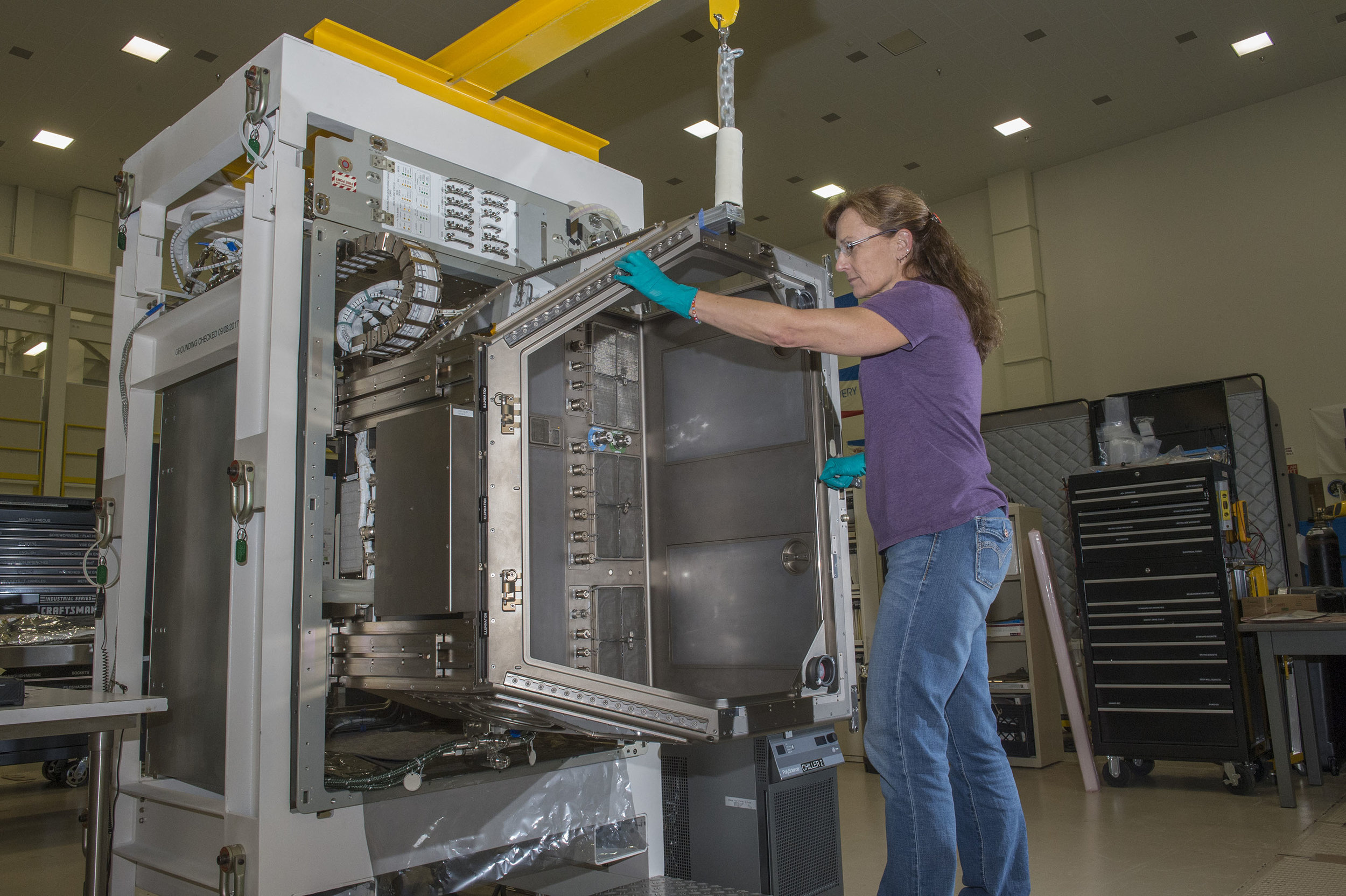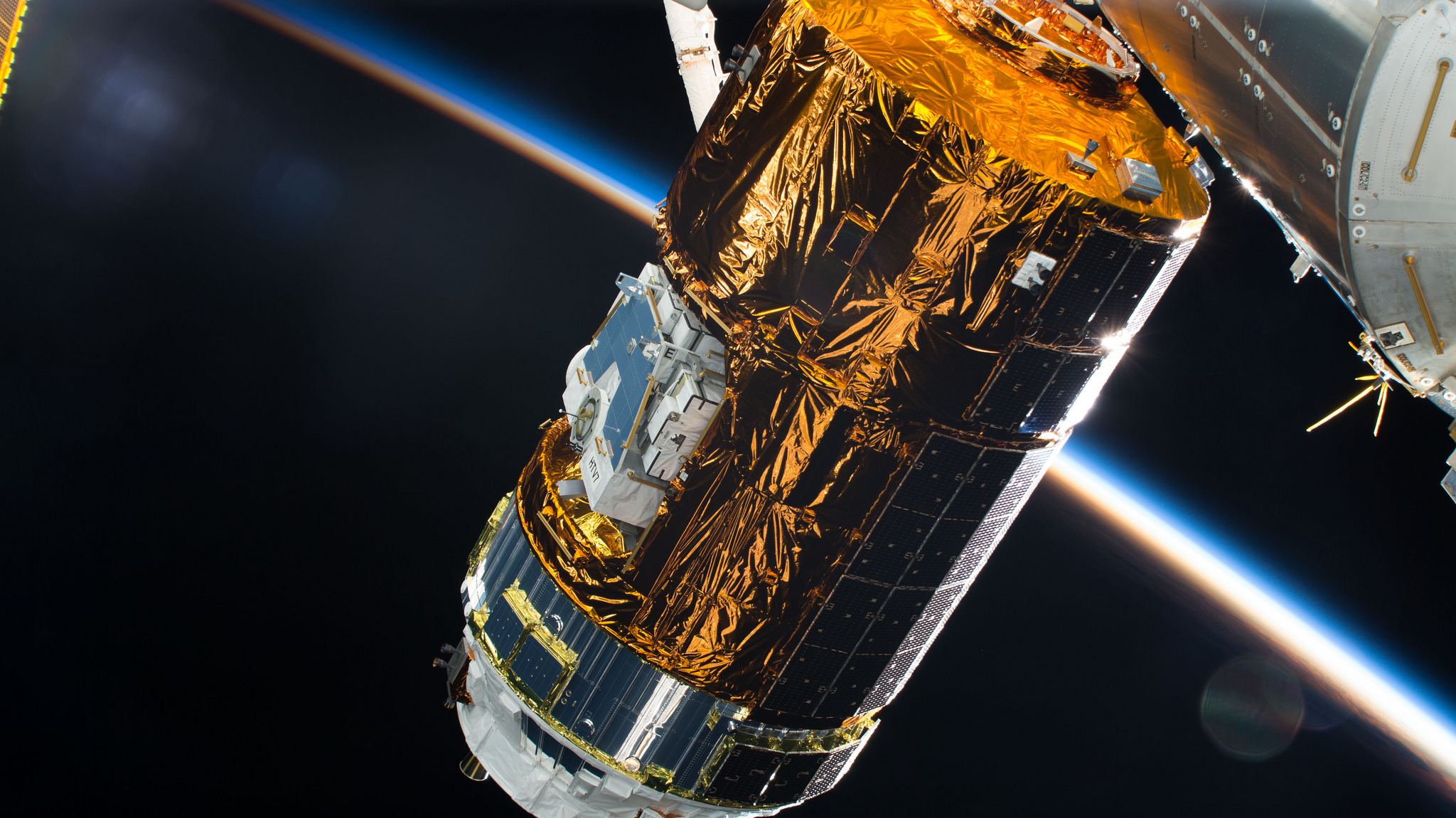Newly-delivered glovebox set to aid life science research
/Among the 6,200 kilograms of cargo that Kounotori 7 brought to the International Space Station is NASA’s new Life Sciences Glovebox to help with biological and physiological studies.
Designed to aid ongoing research relating to the impact of long-duration spaceflight on the human body, the glovebox is a fully-enclosed, acrylic-windowed facility about the six of a large fish tank, according to NASA. It has access points for up to two astronauts so they can conduct one or more experiments at the same time.
The Life Sciences Glovebox during testing at Marshall Space Flight Center in Huntsville, Alabama. Credit: NASA
"This versatile facility not only will help us better protect human explorers on long voyages into deep space but it also could aid medical and scientific advances benefiting the whole world,” Yancy Young, project manager of the glovebox at NASA’s Marshall Space Flight Center, said in a news release.
Launched at 17:52 UTC Sept. 22, 2018, the Japan Aerospace Exploration Agency-built cargo spacecraft rendezvoused with and was berthed to the ISS five days later on Sept. 27. Over the coming weeks, its cargo will be unloaded and distributed throughout the orbiting laboratory. That includes the glovebox, which NASA has described as the largest flight hardware ever launched in “soft-stowed” configuration—meaning it was packed in protective foam rather than “hard-mounting” the device in the spacecraft. It is about 66 centimeters high, 89 centimeters wide and 61 centimeters deep.
The glovebox was originally built by JAXA and the Dutch firm Bradford Engineering, according to NASA. It was redesigned and upgraded in 2017 with Boeing engineers at Marshall building its secondary support structure—a modified refrigerator-freezer rack—to house the unit during its ride uphill.
Once the glovebox is moved into the space station, it will be located in a zero-gravity stowage rack in the Japanese Kibo module. According to NASA, this glovebox is a cousin to the Microgravity Science Glovebox, which has been in orbit since 2002 and is in the U.S. Destiny laboratory.
"For 15 years, the Microgravity Glovebox has been constantly in use and constantly in demand," Susan Spencer, deputy project manager of the new glovebox, said in a December 2017 news release. "That comes as no surprise, given its one-of-a-kind nature. But it was clear we needed to relieve the payload congestion—providing a second facility to better serve the research community competing for glovebox experiment time."
NASA said mission planners and scientists are working to determine the lineup of experiments that will make use of the facility. The first investigations with the glovebox could start as soon as late 2018.
"We've already got more than a dozen glovebox experiments scheduled in 2019, with many more to follow," said Chris Butler, payload integration manager for the glovebox at Marshall, said in a news release. "That's OK with all of us. We love to be busy."





